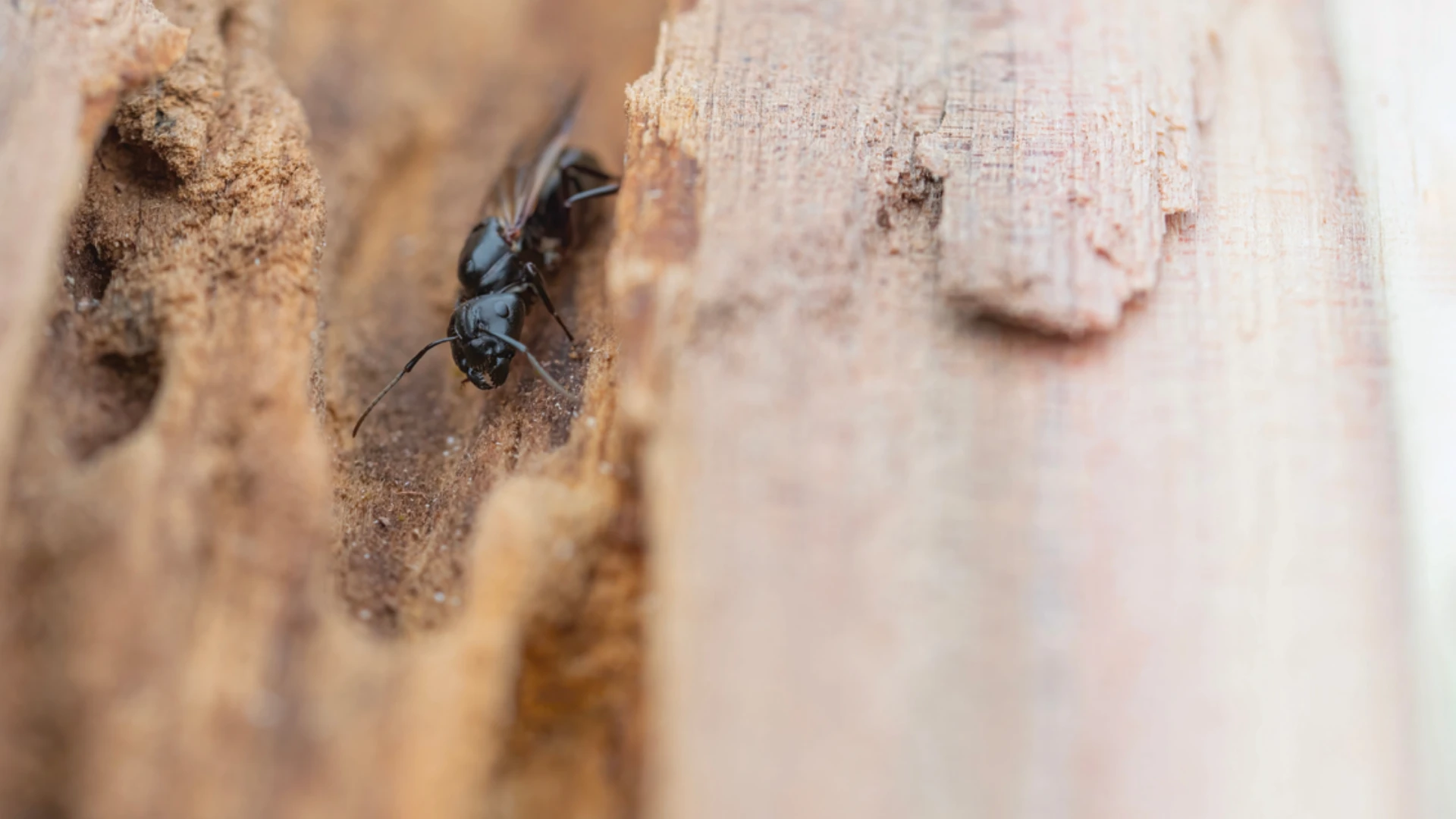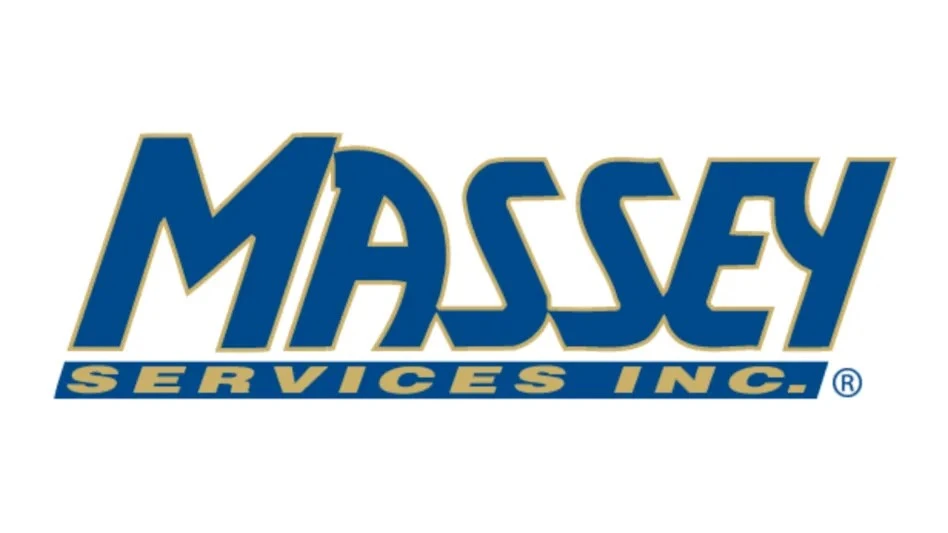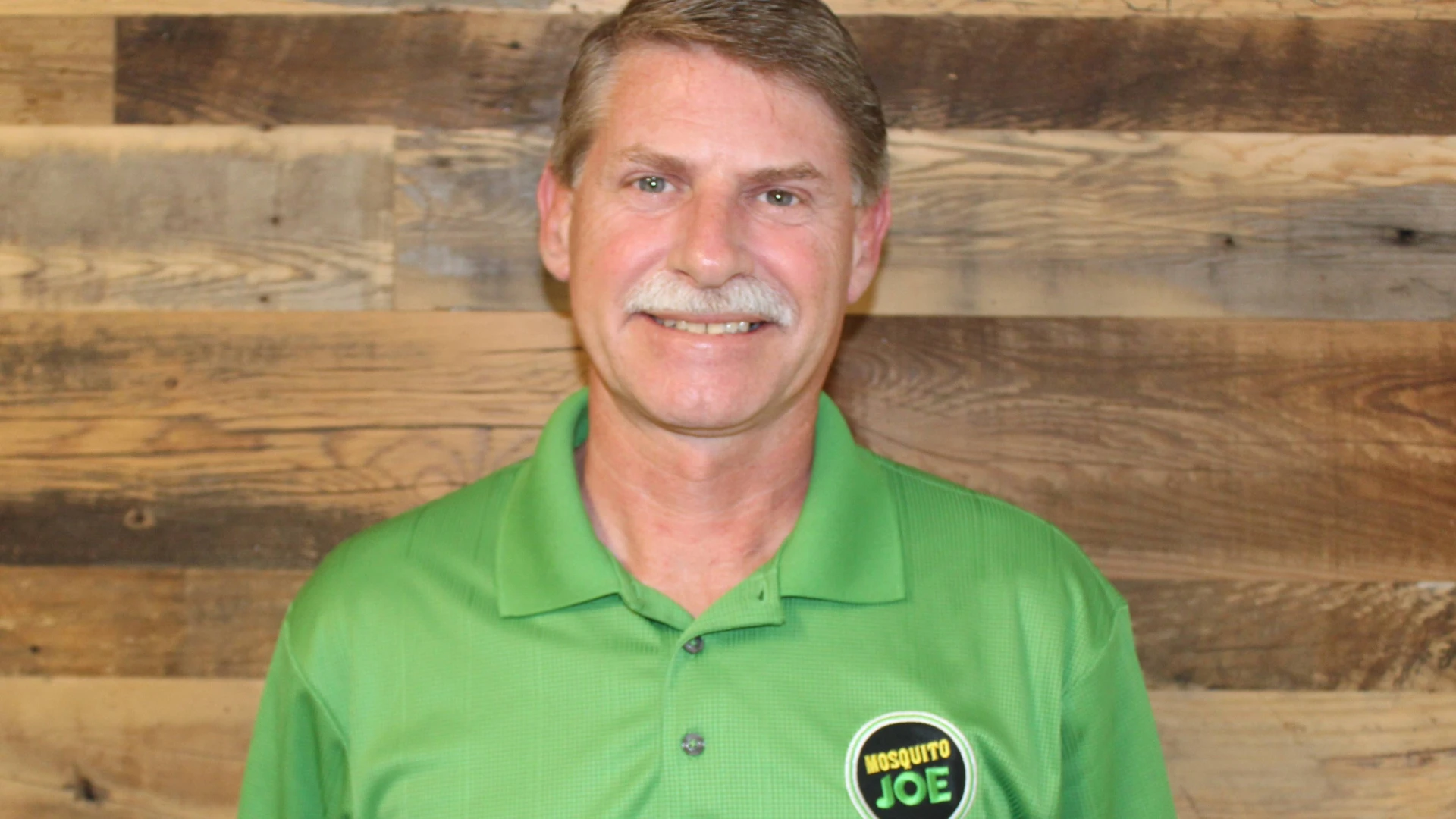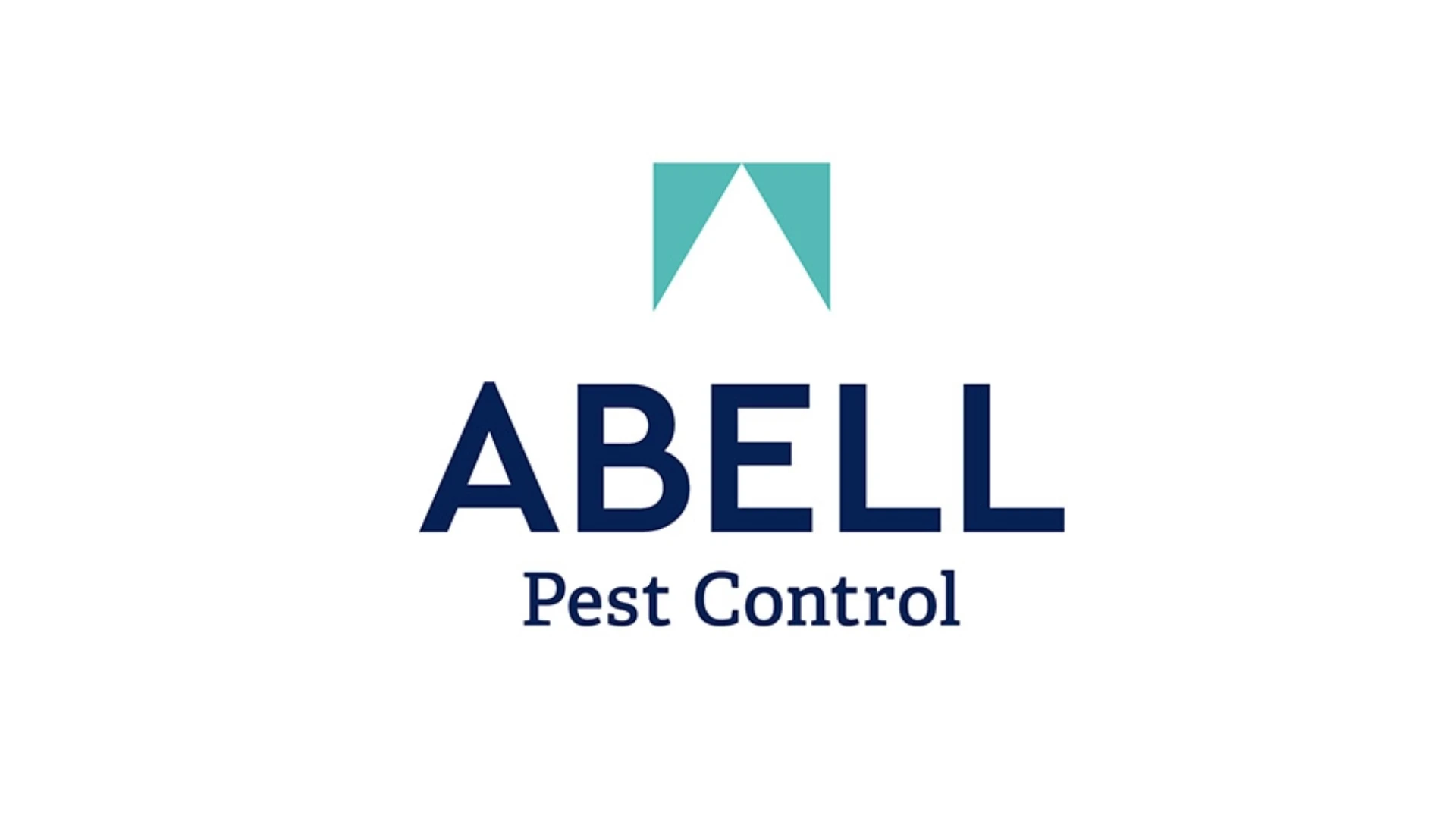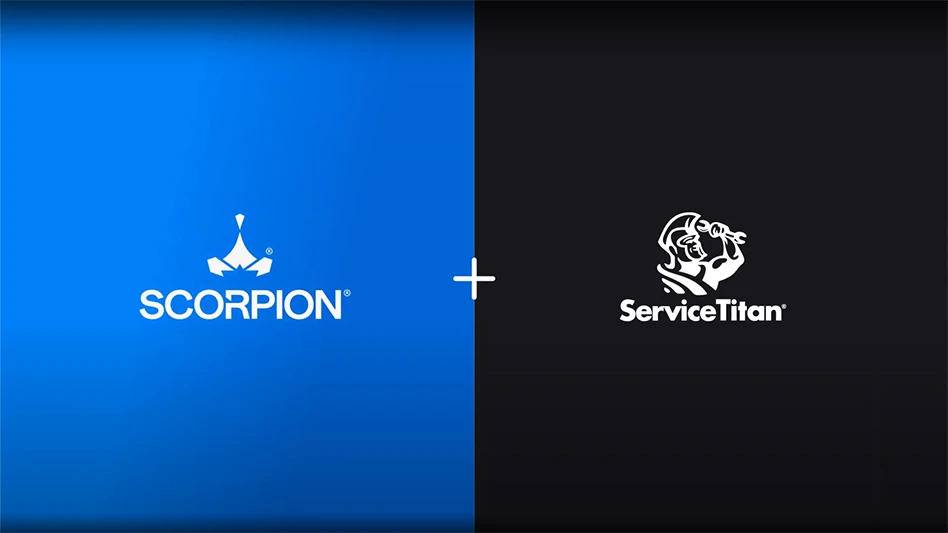Q: We have a customer who is asking us to pay for some termite damage to their home. We treated their home approximately two years ago. Since then, we have found live termites in the house. We are not questioning that the home needs to have additional treatment, however, live termites and damage have been found at two separate locations separated by at least 40 feet. The homeowner is asking us to pay for rebuilding all of the wall between the two damaged areas. We told them that it is unlikely that the termites have damaged all of the wall between the two sites of active infestation. We can find how the termites got into one area of activity, but we can find no source of entry at the other site of infestation. As a result, the homeowners think the termites have eaten their way through all 10 feet of wall. Do termites start in one spot and feed on all the wood in the wall? Can the extent of damage be determined by locating the site of entry and the furthest area of activity? (R.T.)
A: This issue comes up quite frequently in termite damage cases. Not uncommonly, repair contractors have told homeowners that since they cannot see into walls, that an assumption must be made that the entire wall has been destroyed and must be rebuilt.
While I have certainly seen total destruction of wood framing extending continuously around several sides of a house, it is in most cases uncommon. Certainly the age of the house and the duration of infestation will affect the extent of damage. However, simply to pick two points where termites are active and declare that all the area between those two points is damaged and must be repaired is wrong.
First, little is known about how or why subterranean termites select certain portions of a structure to feed on intensively and seemingly ignore adjacent portions of the structure. There can be no doubt that certain factors such as proximity to the point of entry, type and age of wood, and a whole host of environmental conditions play a significant role in determining what termites will do once they leave the soil and enter a building. In fact, it is probably more common to see termite damage at a site of entry into the building, and then for unknown reasons, see a large portion of a framed wall or other construction element skipped or ignored by termites, and then observe feeding intensity renewed some distance away. Again, the reason for this behavior is not clear at all. In fact, I have seen some damage cases where 2 x 4 lumber in a wall is totally and completely destroyed, yet the top wall plate and the adjacent 2 x 4’s have not been touched.
In my opinion, you cannot make assumptions about what termites have done within walls or other structural elements. The only way to know for certain is to look into the wall. This, of course, involves either the use of a borescope or removal of the wall covering to reveal the suspect area. I would recommend in your situation that an agreement be made between yourself and your customer to open the damaged areas and continue to remove the wall covering until there ceases to be damage. In this manner you will know exactly what has occurred and what needs to be done to rectify the situation. This will eliminate any guessing, which in my experience inevitably results in inflated repair estimates.
IPM EQUIPMENT GUIDE
Q: We have found a lot of information on integrated pest management programs and techniques, however, we have not been able to locate a good source of equipment and tools that might be used in implementing IPM programs. Can you recommend a good source? (B.D.)
A: Absolutely. I suggest you contact Gempler’s at 800/874-4755. Gempler’s produces a full-color IPM buyer’s guide that lists literally hundreds of items that can be utilized in IPM programs. They have a full range of IPM information sources as well as traps of all types. A good portion of the catalogue is directed toward agricultural IPM programs. However, I have found that by looking through this material I get all kinds of ideas about how to adapt some of that material to problems that we commonly experience in structural and urban pest control.
Jeffrey Tucker is a consulting entomologist who is president of Entomology Associates in Houston, Texas. To contact Tucker, call 713/681-9069.

Explore the January 1998 Issue
Check out more from this issue and find your next story to read.
Latest from Pest Control Technology
- Rose Pest Solutions Becomes Official Pest Provider of Chicago Fire FC
- WSPMA Hosts Legislative Day at Washington State Capitol
- A-1 Pest Control Marks 59 years in Business
- Hawaii PCO Shares Regulatory Challenges, Business Impacts from Lahaina Wildfires
- 5 Tips for Reducing Waste in the Office and in the Field
- OvoControl Now Available in Chile
- Envu Announces Savings Programs for Pest Management Professionals
- Follow the Trail
